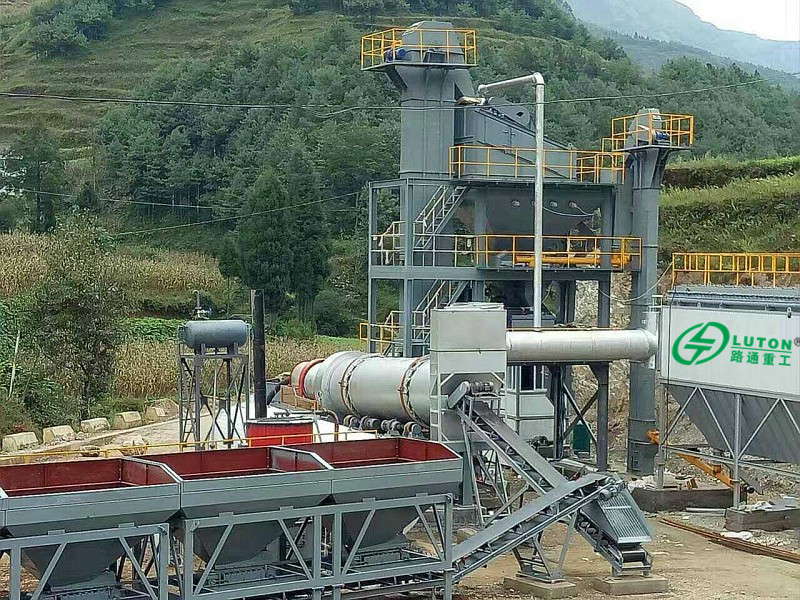A Successful Installation Example of Asphalt Station
In modern road construction, asphalt stations are one of the indispensable and important equipment. It can heat, mix, and transport asphalt mixtures at high temperatures, providing necessary materials for road laying. This article will describe a successful installation example of an asphalt station, introducing the entire process from planning, design to installation and debugging.

Project Background and Objectives
The contractor of a large-scale road construction project needs to install a large asphalt station to meet the construction needs. This project requires the installation and commissioning of equipment to be completed in a short period of time to ensure the smooth operation of the asphalt station and provide stable and high-quality asphalt mixture for road laying.
Planning and Design
In the planning phase, the project team conducted on-site inspections of the construction site, understood the terrain, climate and other conditions, and determined the layout and scale of the asphalt station. According to the requirements, the design team has developed a detailed equipment configuration list, including key components such as mixers, heaters, and transport vehicles. Meanwhile, considering environmental and energy-saving requirements, the design team also selected environmentally friendly equipment with low emissions and high efficiency.
Equipment Procurement and Transportation
According to the design requirements, the project team quickly organized equipment procurement. During this process, the team had in-depth communication with multiple suppliers, comparing comprehensive factors such as performance, price, and after-sales service, and ultimately chose the supplier with the best cost-effectiveness. After the equipment procurement was completed, the team developed a detailed transportation plan to ensure that the equipment arrived at the construction site safely and on time.
Installation and Debugging
After the equipment arrived at the site, the installation team quickly began working. They accurately locate the positions of each component according to the planning drawings and operate strictly according to the installation manual. During the installation process, the team closely cooperates and promptly communicates to resolve any issues encountered. After completing the installation, the debugging team conducted a comprehensive inspection and debugging of the asphalt station to ensure that all indicators met the design requirements.
Acceptance and Operation
After strict testing and debugging, the asphalt station passed the acceptance smoothly. The contractor is satisfied with the performance and stability of the equipment and believes that the asphalt station can fully meet the construction requirements. During the subsequent road laying process, the asphalt station demonstrated excellent performance, providing stable and high-quality asphalt mixtures for the project. At the same time, environmentally friendly equipment has also been recognized by the local environmental protection department.
Summary
The success of this asphalt station installation example is attributed to the careful planning and effective execution of the project team. From planning and design to installation and debugging, every step has gone through strict control. Here are several lessons learned from this project:
During the planning phase, full consideration should be given to on-site conditions and construction needs, and the scale and layout of the asphalt station should be reasonably determined;
Equipment procurement should focus on cost-effectiveness and select suppliers with stable performance and good after-sales service.
During the installation process, it is necessary to strictly follow the drawings and manual to ensure accurate positioning and firm connection of the equipment;
During the debugging phase, all indicators should be comprehensively tested to ensure that the equipment performance meets the standard;
Regular maintenance is the key to ensuring the stable operation of asphalt stations, and a detailed maintenance plan should be developed and strictly implemented.
The successful experience of this asphalt station installation example can provide useful references for similar projects. In future road construction, we will continue to focus on technological innovation and environmental requirements, and contribute to the construction of more efficient and green road traffic facilities.